Build an Amazon Redshift data warehouse using an Amazon DynamoDB single-table design
AWS Big Data
JUNE 21, 2023
Deriving business insights by identifying year-on-year sales growth is an example of an online analytical processing (OLAP) query. These types of queries are suited for a data warehouse. Amazon Redshift is fully managed, scalable, cloud data warehouse. This is achieved by partitioning the data.

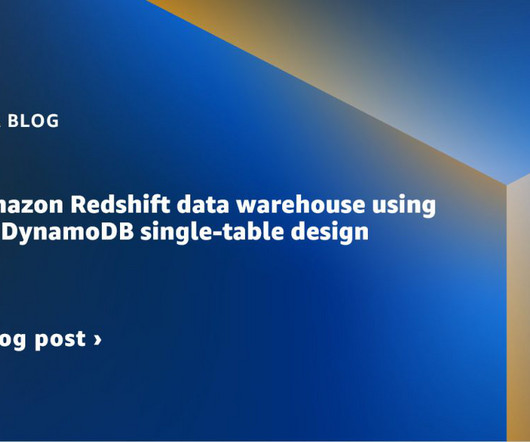

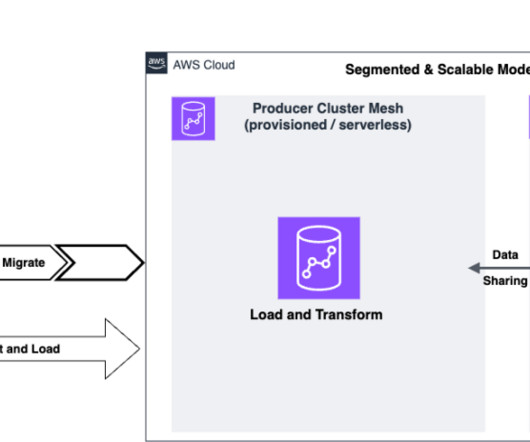


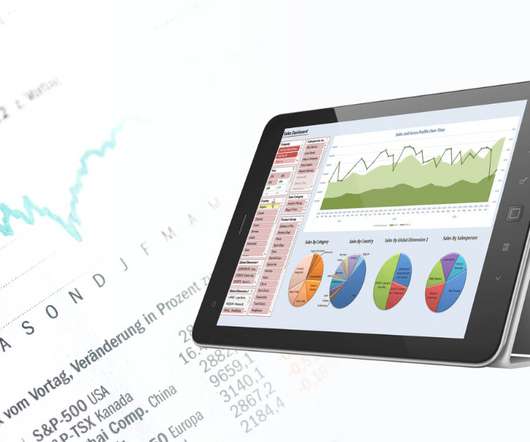

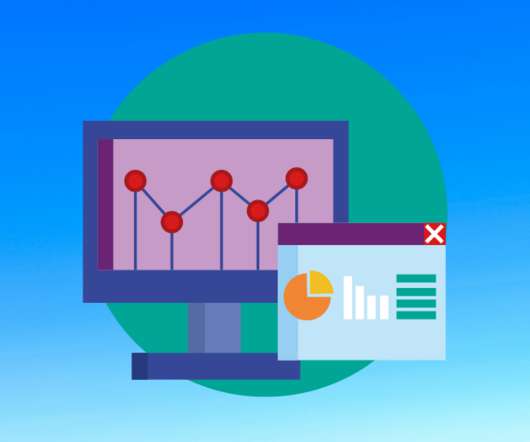
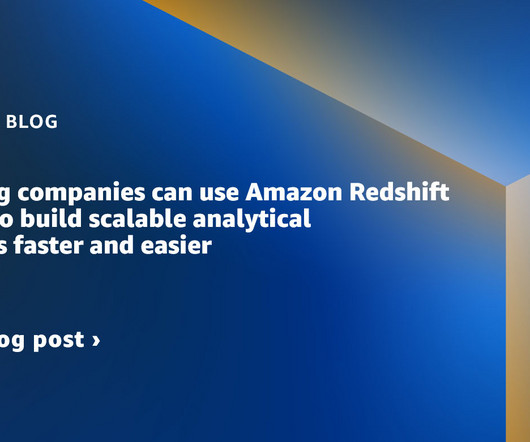













Let's personalize your content